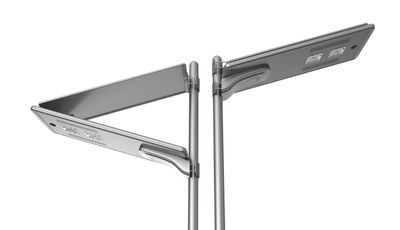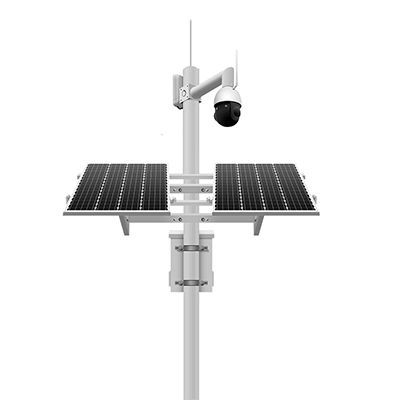Advantages of Solar-Powered Street Lighting Systems in Urban Settings
Solar-powered street lighting systems have emerged as a promising solution to address the growing energy needs of urban environments while simultaneously mitigating environmental impact. In densely populated areas where traditional grid-based lighting may be challenging to install or maintain, solar-powered fixtures offer a sustainable alternative that harnesses the abundant energy of the sun. As cities worldwide seek to enhance safety, reduce energy consumption, and lower carbon emissions, the adoption of solar-powered street lighting systems has gained momentum.
| Nr. | Products |
| 1 | Solar Garden Light |
One of the primary advantages of solar-powered street lighting systems is their ability to operate independently of the electrical grid. This autonomy eliminates the need for costly infrastructure upgrades and ongoing electricity expenses, making solar-powered fixtures a cost-effective lighting solution for municipalities and urban planners. Additionally, the decentralized nature of solar-powered systems enhances resilience against power outages, ensuring continuous illumination even during emergencies or natural disasters.
Furthermore, solar-powered street lighting systems contribute to environmental sustainability by harnessing renewable energy sources. By utilizing photovoltaic panels to convert sunlight into electricity, these systems significantly reduce reliance on fossil fuels and lower greenhouse gas emissions associated with traditional grid-based lighting. This transition to clean energy not only aligns with global efforts to combat climate change but also promotes a greener and more sustainable urban environment for future generations.
In addition to their environmental benefits, solar-powered street lighting systems offer practical advantages in terms of installation flexibility and scalability. Unlike conventional grid-connected fixtures, solar-powered lights can be easily installed in remote or off-grid locations without the need for extensive trenching or wiring. This versatility enables rapid deployment of lighting infrastructure in areas where access to electricity may be limited, such as rural communities or developing regions.
Moreover, solar-powered street lighting systems are inherently modular and scalable, allowing for seamless expansion or customization according to specific project requirements. Whether it’s illuminating a single street or an entire urban district, municipalities can tailor the size and configuration of solar-powered lighting installations to optimize performance and maximize energy savings. This adaptability makes solar-powered fixtures an ideal choice for urban settings characterized by diverse lighting needs and evolving infrastructure demands.
Another key advantage of solar-powered street lighting systems is their low maintenance requirements and extended lifespan. Unlike traditional streetlights that rely on complex electrical components and frequent bulb replacements, solar-powered fixtures are designed to withstand harsh outdoor conditions and operate efficiently with minimal upkeep. With fewer moving parts and no reliance on external power sources, solar-powered lights offer reliable performance and reduced maintenance costs over their lifespan.
Furthermore, advancements in solar technology have led to innovations such as intelligent lighting controls and energy management systems, further enhancing the efficiency and functionality of solar-powered street lighting installations. By integrating sensors, timers, and remote monitoring capabilities, municipalities can optimize energy usage, adjust brightness levels, and remotely troubleshoot issues in real-time. This smart functionality not only enhances user experience but also maximizes energy savings and prolongs the lifespan of solar-powered fixtures.

In conclusion, solar-powered street lighting systems offer a myriad of advantages for urban settings, ranging from cost-effectiveness and environmental sustainability to installation flexibility and smart functionality. As cities continue to prioritize energy efficiency and resilience in their infrastructure development plans, the adoption of solar-powered lighting solutions is poised to play a pivotal role in shaping the future of urban illumination. By harnessing the power of the sun, municipalities can illuminate streets, enhance safety, and create more sustainable and livable urban environments for residents and visitors alike.







